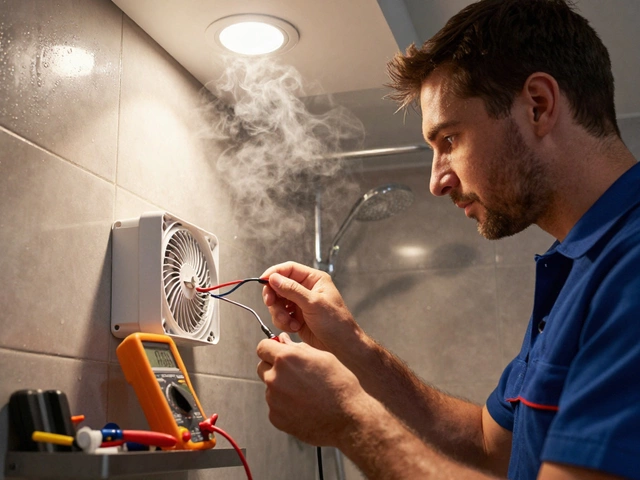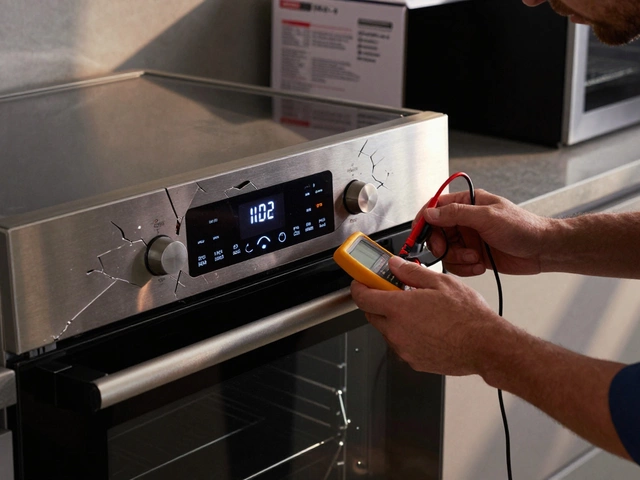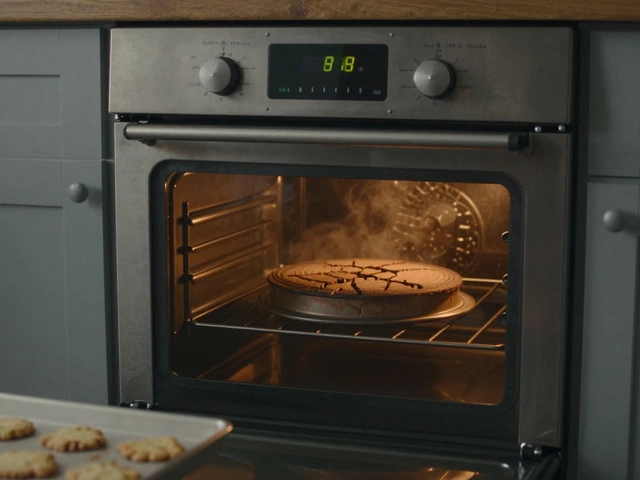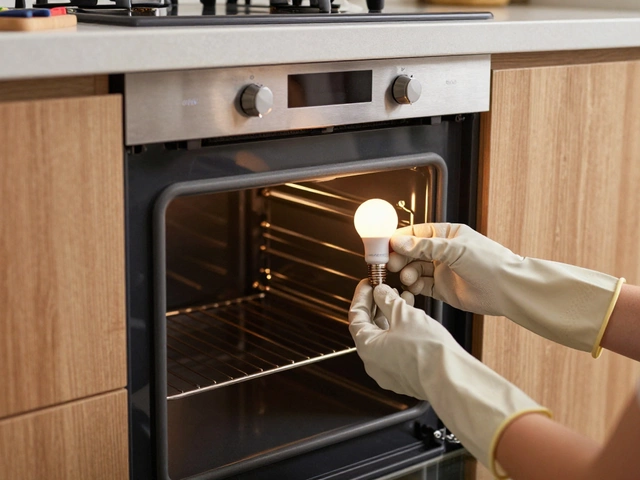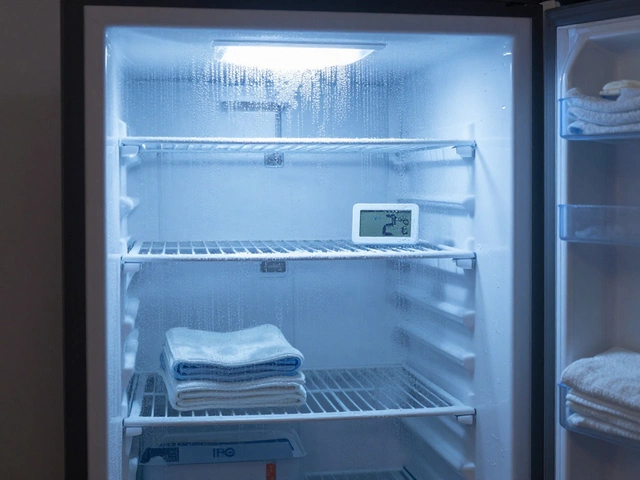Repair vs Replace Stove: How to Choose the Right Move
Stove trouble is a headache, but you don’t always need a brand‑new unit. Before you order a replacement, ask yourself if a simple fix will do the job. This guide breaks down the signs, costs, and practical steps to help you decide.
How to tell if a repair is worth it
First, list the problem. A mis‑firing burner, a broken igniter, or a faulty control knob often costs under £100 to replace. If a part is cheap and the stove is less than ten years old, repair usually wins. Ask for a quote that includes labor – many local techs can finish a common fix in under an hour.
Next, check the age of the appliance. Stoves typically last 12‑15 years with regular maintenance. If yours is approaching that range and you’ve already fixed a few components, the cumulative repair bills can add up. In that case, a new stove might save you money in the long run.
Energy efficiency matters, too. Modern stoves use less power and heat more evenly. If your current model is a decade old, you could shave a noticeable amount off your utility bill by upgrading. Compare the Energy Star rating of a replacement with the estimated power draw of your existing stove.
When a new stove makes sense
Consider warranty coverage. A brand‑new stove comes with a multi‑year warranty that often includes free parts and service. If your old unit is out of warranty, you’ll pay full price for every part and labor hour. A warranty can be a safety net, especially if you’re already budgeting for a major repair.
Availability of parts is another clue. Some older models use proprietary parts that are hard to find or expensive. If your technician tells you the part will need to be sourced from a specialist supplier, the price may rival that of a new stove.
Lastly, think about the hassle factor. A broken stove can force you to cook on a microwave or eat out, which adds hidden costs. If a repair will take days and you can’t work around it, buying a new stove may be the smoother option.
To sum up, weigh the cost of the part, the age of the appliance, energy savings, warranty benefits, and how long you’ll be without a working stove. If the repair cost is less than half the price of a comparable new model and the stove is still relatively young, fixing it usually makes sense. If you’re hitting the 10‑plus‑year mark, facing pricey parts, or missing out on energy savings, start shopping for a replacement.
Got a specific problem? A quick call to a local repair service can give you an accurate quote and help you avoid unnecessary spending. Whatever you choose, the goal is a stove that heats reliably without breaking the bank.
7 September 2025
·
0 Comments
Not sure if you should fix or replace your electric stove? Get 2025 NZ costs, lifespan cues, safety rules, and clear steps to decide fast-without wasting money.
Read more


